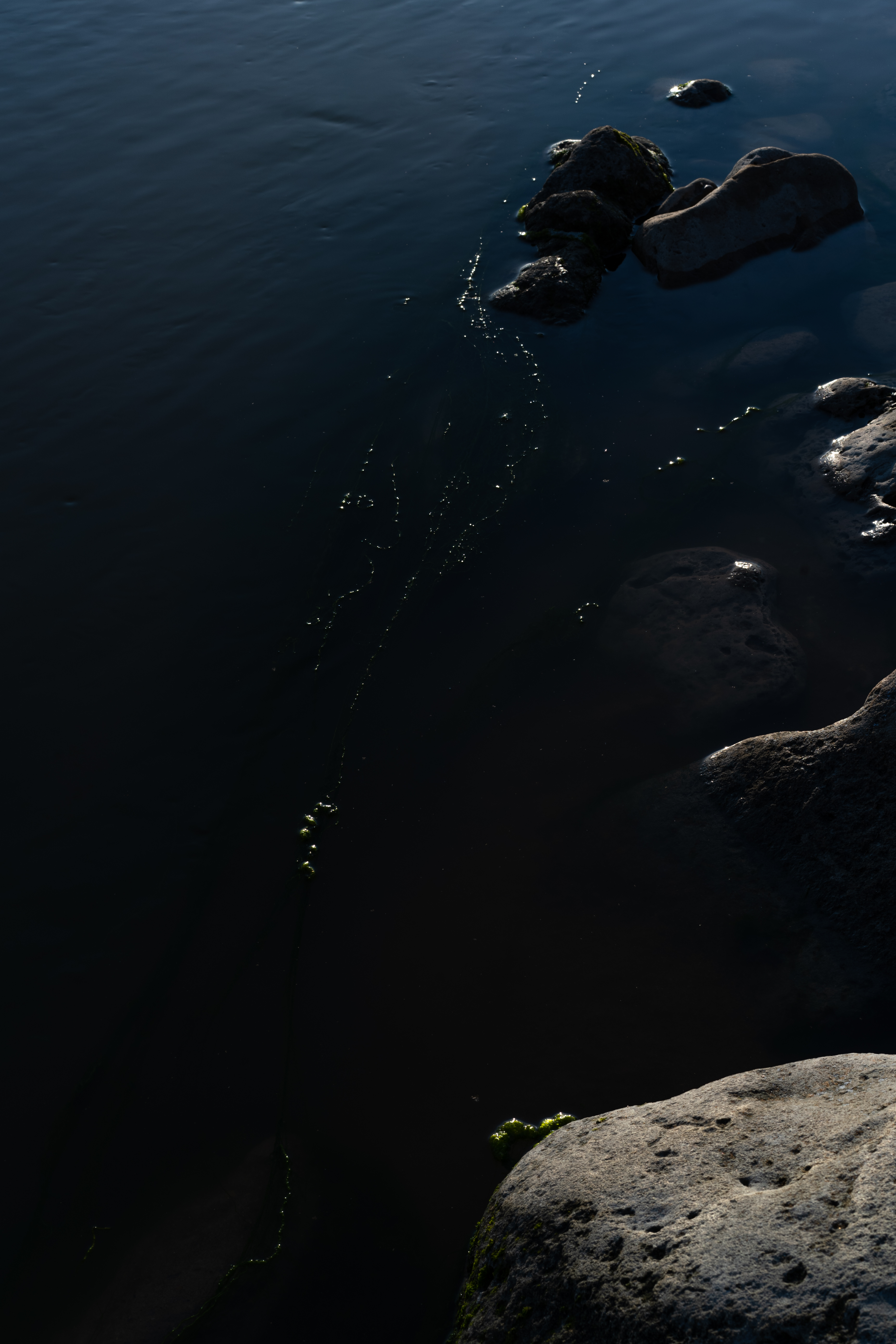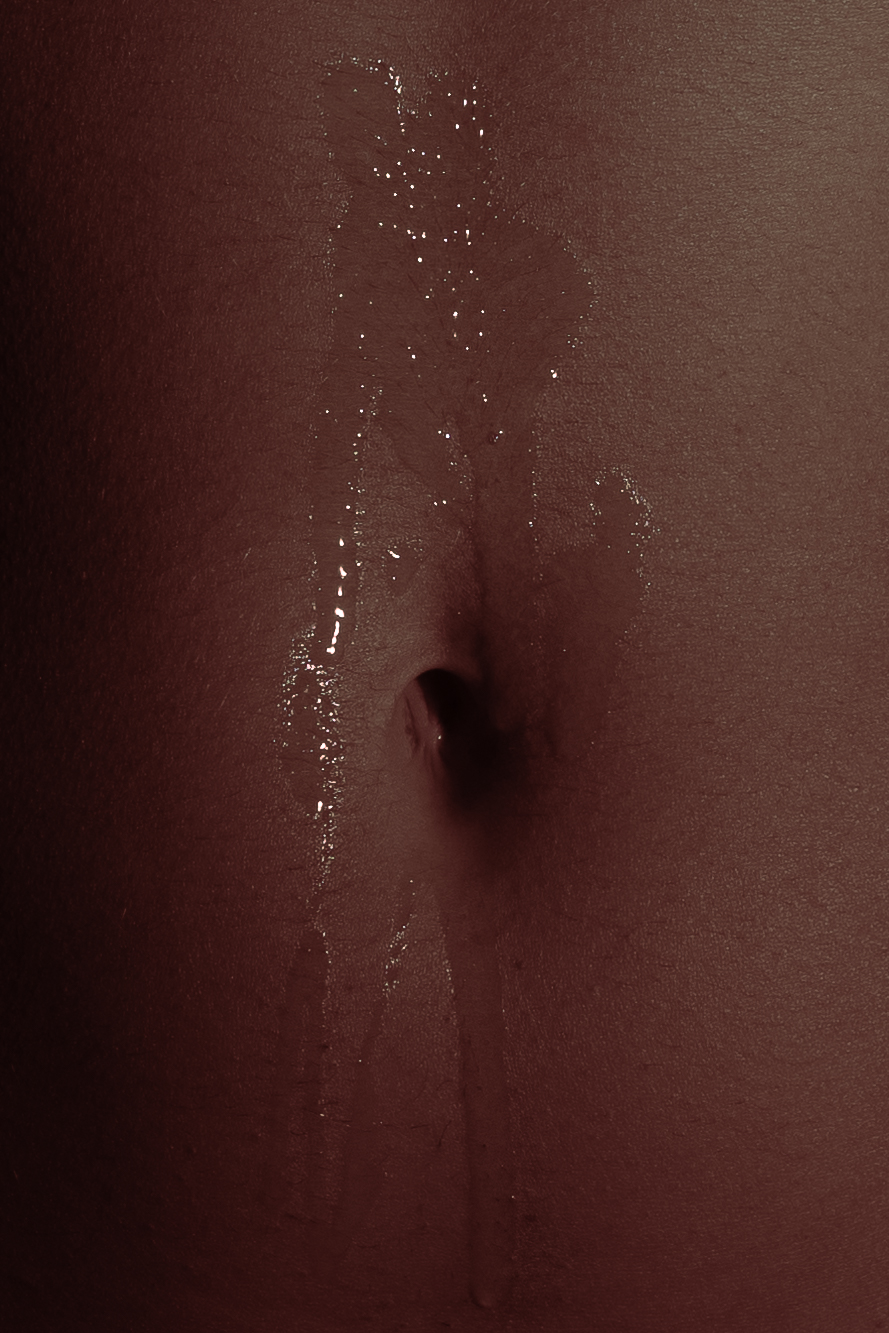











Blue stems from a desire to transmit the feeling of inadequacy and a maladjustment with reality that I have often felt to be particular to the female nature.
As Goethe writes:
'As yellow is always accompanied with light, so it may be said that blue still brings a principle of darkness with it.'
In the framework of the narrative, the alternation of light and shadow, warm and cold colors symbolizes the unbridgeable gap between real and ideal self that characterizes the essence of the protagonists of this tale.
This disharmony with the present has its most spontaneous escape route to a world where one has the possibility of inhabiting a different body and life. The peculiarity of this inner journey is its character of infinity, as the tension toward something ideal never finds a final solution, but remains perpetually elusive. In this context, the movement of the characters is always contradictory: when they walk in the material world the fantasy leads them to different paths, like a movie where the characters and the director follow two different plots.
Their quest is narrated in the project through images of body parts: hands, feet, arms that take on the role of characters that are embodied, used and worn only to be left behind to move on to the next script.
The preferred setting for staging this mental and fictional space are natural landscapes whose real and material features fade into the projections of the figures that populate it.



